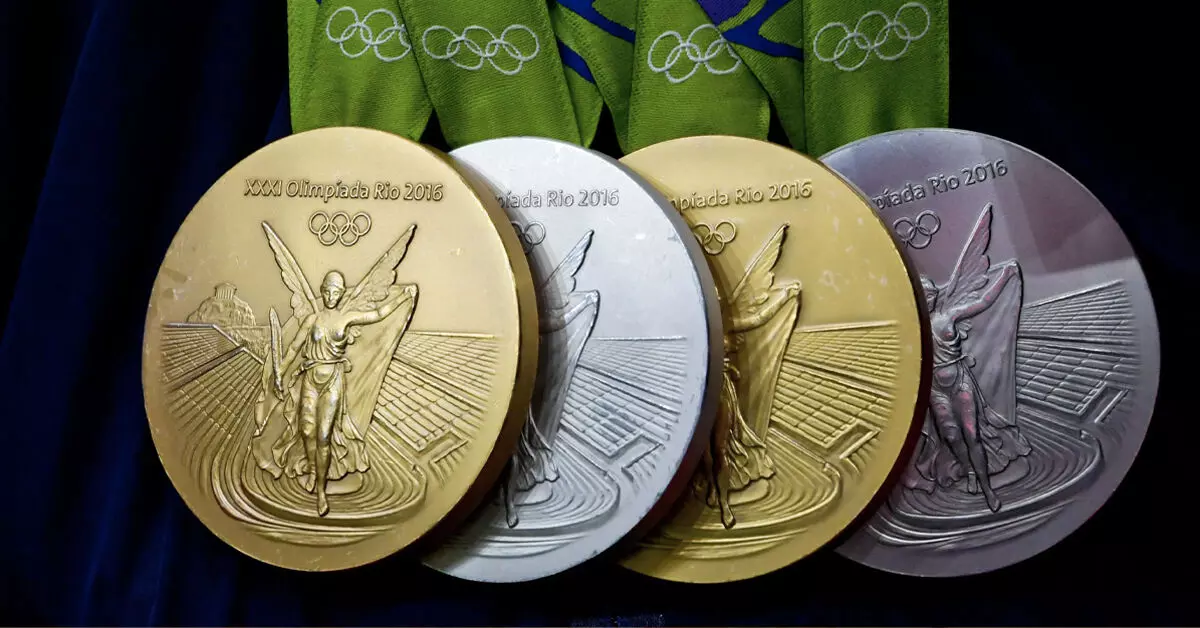Olympics-Facts
What is the cost and composition of Olympic medals?
Looking beneath the surface of the worlds most coveted medals and what it takes to make them

The prize money that is given out to victors at the Olympics is a massive amount and varies based on the country and the currency. But there are a lot of questions that arise regarding how much the medal is worn by the victors actually costs. Making a gold silver and bronze medal involves quite a bit of thought over the design, material, and procurement prices that all give rise to the value. Here is a brief overview of the composition and price of making each medal at this year's Tokyo Olympics.
1) Gold Medal- 556 grams
Contrary to popular belief, Gold Medals are not made of pure gold. The name given represents the value of attaining Rank 1 amongst competitors and a reward in the form of the medal is that of a material that is equally valuable and directly proportional to the position so attained. The last time that medals were made of pure Gold was in Stockholm in 1912. Since then, medals are only made of a certain percentage of plated Gold. In Tokyo, the medal specifications for the Gold Medal are around 6 grams of Gold plating as the cover of the medal. This helps give the ' Gold colour' to the medal. The rest of the medal is made of pure silver. The irony of course if hidden with the colour of the medal.
2) Silver Medal- 550 grams
Silver is probably the only medal that represents the name given to it. In Tokyo this year, the silver medals are all made of pure silver. The colour of the medal is the same as the colour silver in order to represent the value of the 2nd position attained in an event along with the value of silver itself. This has historically been accorded a place in valuable metals as an important piece of metal and has since been incorporated into the Modern Olympics.
3) Bronze Medal- 450 grams
The bronze medal is an alloy of a few metals with the most notable alloy being red brass. This is 95% copper and 5 % zinc as per the Tokyo Olympic design. Bronze medals are relatively light compared to the other two due to their composition and represent the 3rd position on the podium.
The exact cost of the medals cannot be determined for specific reasons. The reason behind this is that Japan chose to go down the path of sustainability and therefore did not only make their medals of pure metal. Around 80,000 used gadgets were procured over the past several years in order to help drive sustainable goals as part of the Olympic Mission. These metals from used gadgets were used to make the medals. Around 35kg of Gold, 3500kg SIlver, and 2200kg of Bronze were extracted from several thousand phones, laptops, and other gadgets. The average price of previous medals at editions of the Olympics has ranged from 300- 600 dollars based on market prices of Gold and Silver. This was mostly due to the usage of pure Gold and Silver. Japan has taken a brilliant path of sustainability through its efforts and has saved the way for a cost-effective Olympics through efficiency and intelligence.
